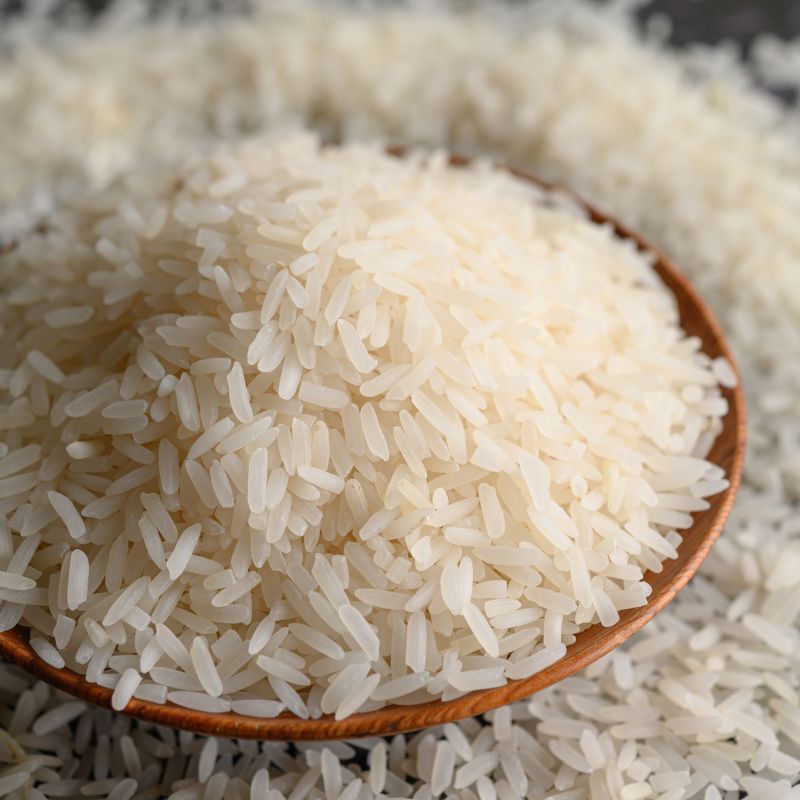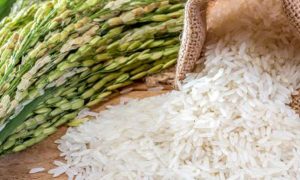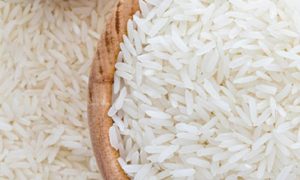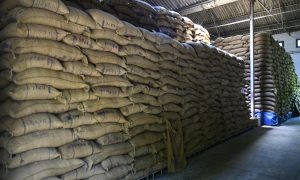MU Rice Cultivar Trial Shows Stark Differences In First Year

Rice field planted March 16 for cultivar and seeding rate trials at Lee Farm at the MU Delta Research Center, Portageville, Mo. (MU Extension)
PORTAGEVILLE, Mo. – University of Missouri Extension has completed its first year of rice cultivar trials on both flood-irrigated and furrow-irrigated production systems at the MU Fisher Delta Research, Extension and Education Center in Portageville.
Cultivar trials had been conducted until 2022 solely by the Missouri Rice Research and Merchandising Council in the flood-irrigated system. Last year, the MU Rice Agronomy Program took the lead on these trials in conjunction with the council.
The trials are conducted in the rice-growing areas of the Bootheel to evaluate not only grain yield but milling yield, which is a quality measure that helps determine the final payment a rice farmer receives. Agronomic measures, including canopy height, lodging potential, disease incidence and days to maturity, are also measured, said MU Extension rice specialist Justin Chlapecka.
Trials are arranged in small plots, near 100 square feet per plot, with four replications at each site. In the furrow-irrigated system, a separate four-replication trial is conducted in the top, middle and bottom thirds of the field.
“The goal here is to evaluate how each cultivar performs across the moisture gradient of a non-flooded field as plant behavior and the subsequent yield on the upper end of the field, where there’s no standing water, will be much different than towards the bottom, where flooded conditions are usually present,” Chlapecka said. “Although 2022 results are preliminary, based on the first year of the trial, data showed a stark difference between hybrids and inbred varieties.”
A planting date trial is incorporated within the cultivar trials, where extension specialists look at major cultivars across rice planting dates in Missouri ranging from mid-March to mid-June.
“Hybrids maintained yield potential when planted into the first of May, while the yield potential of inbred varieties declined by nearly five bushels per acre per week when planted after the first planting date, March 17, 2022,” he said. “The first planting date took 36 days to emerge, and the second planting date of April 10, 2022, actually emerged two days after the first planting date.”
Rice will not germinate until the soil temperature reaches approximately 55 F, and from there growth is heavily dictated by heat unit or, essentially, the average air temperature.
“The lack of heat early in the growing season tends to allow later-planted rice the opportunity to ‘catch up,’” said Chlapecka. But yield potential can still lag behind. “In fact, trials planted April 29, 2022 – 43 days after the first planting date of March 17 – headed just 10 days after the March 17 planted rice.”
Plans for 2023 include four on-farm locations (one furrow-irrigated and three flood-irrigated) and two research stations with both flood-irrigated and furrow-irrigated trials. There will also be two sites for planting date studies, with five planting dates planned per site. The first planting dates were March 15 and March 16, 2023, near Malden and Portageville, respectively.
“This would allow us to evaluate each cultivar in 22 unique environments,” Chlapecka added.
Cultivar and planting date trials will continue indefinitely to evaluate the performance of cultivars relevant to Missouri rice production, as the most relevant cultivars are in a constant state of flux.
The trials are supported by the Missouri Rice Research and Merchandising Council, and seed is provided by the cooperating seed companies.















